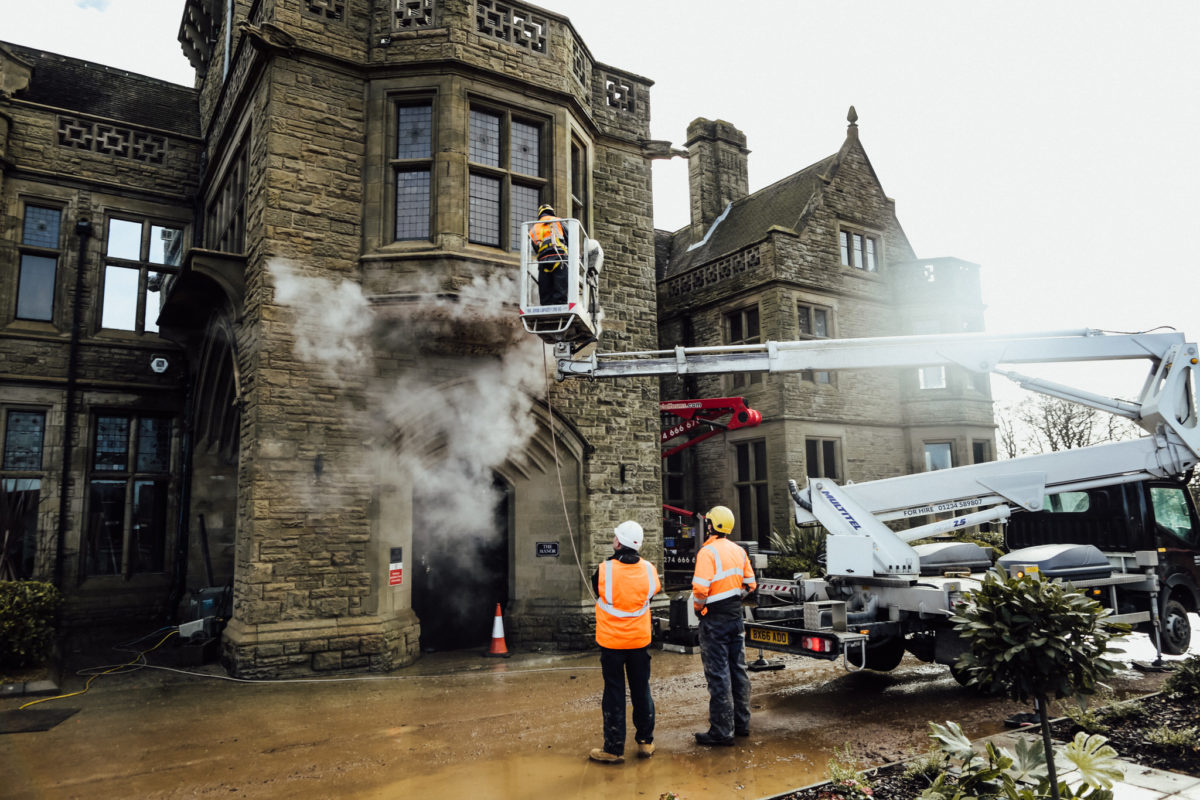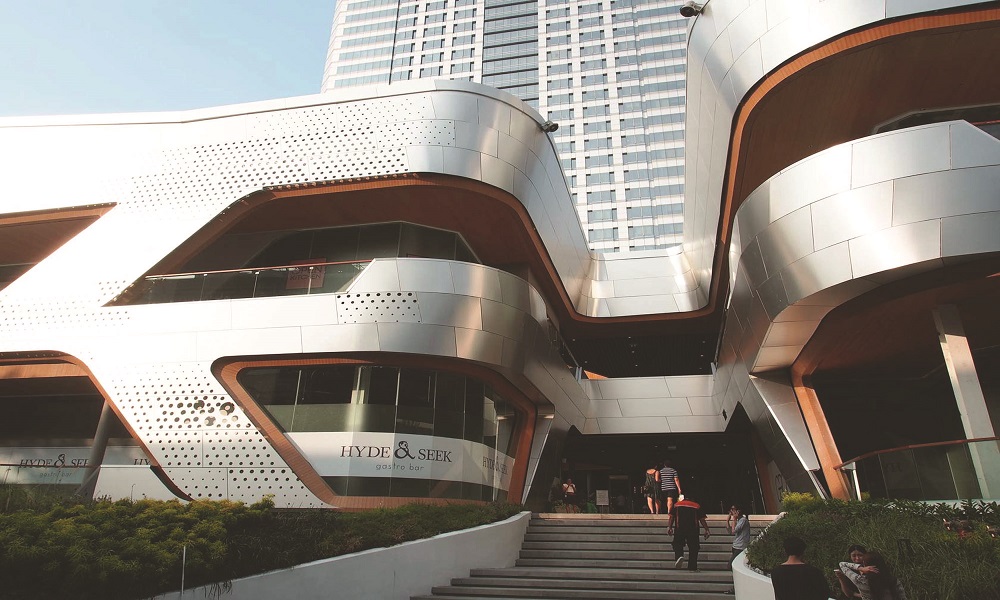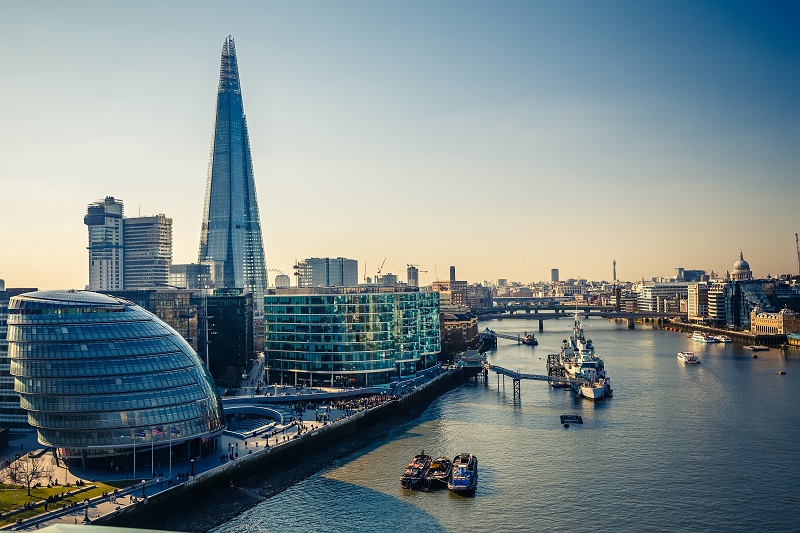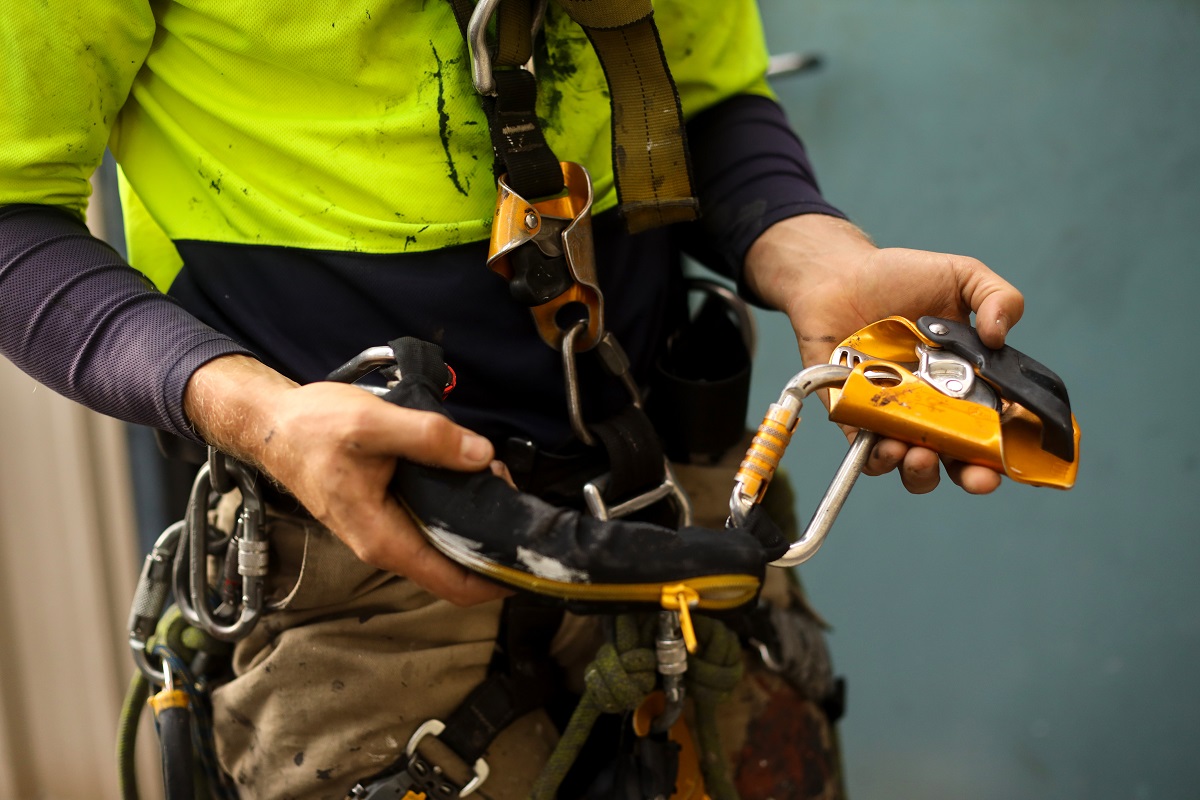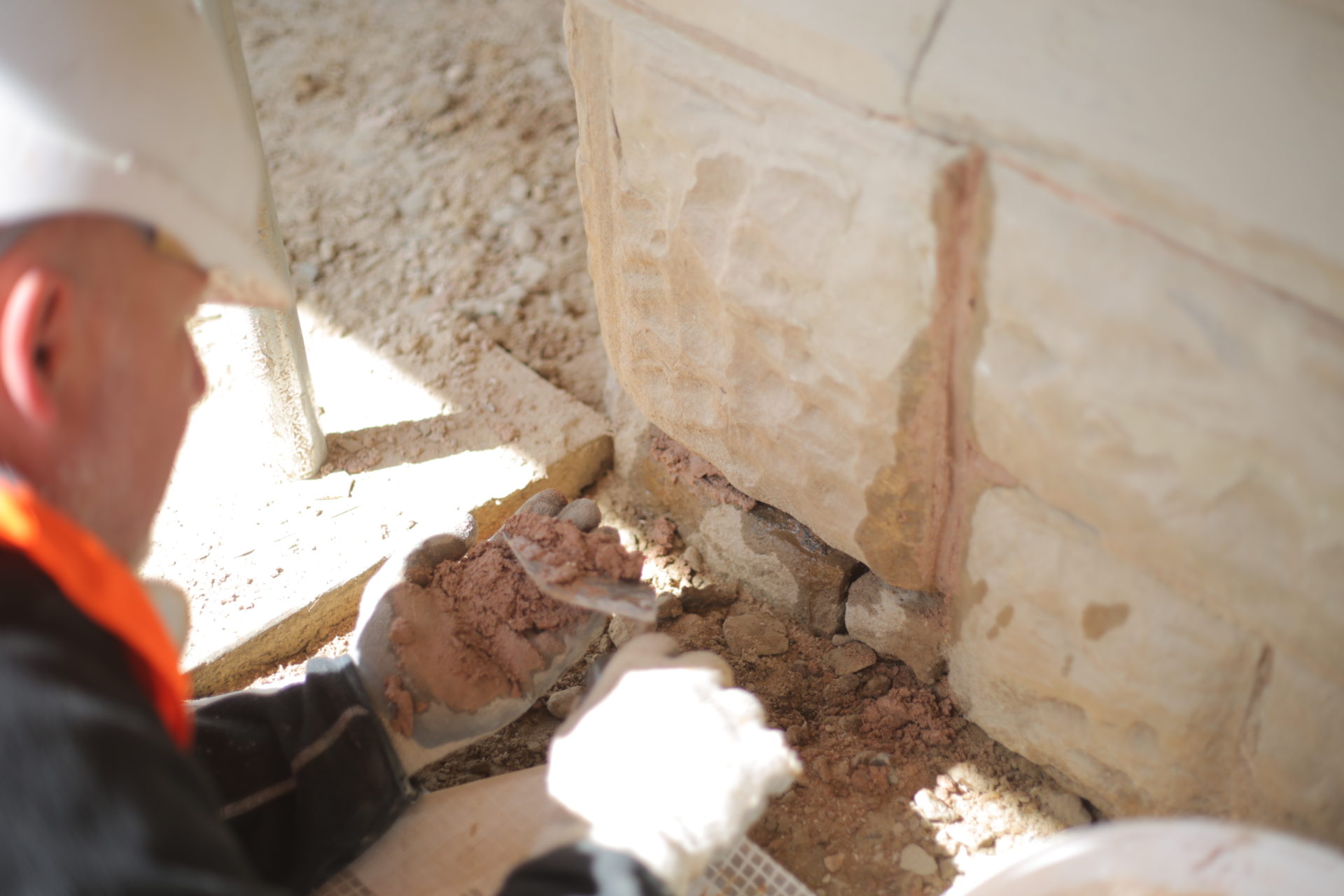Building restoration is arguably the most sustainable construction process for several reasons. It extends the building life by giving it a new purpose, reduces material waste, preserves skills and creativity that went into the creation of the building and conserves energy. With rapid improvements in technology and increased awareness on the subject of sustainable development, the focus on sustainable building restoration continues to grow significantly.
Building restoration requires a sensitive and sympathetic approach, which means choosing sustainable building materials while utilising the benefits of the latest technology and processes. Sustainable restoration has the following goals below
- Reduction of wastage both on and off-site
- Reusing materials and utilising recycled materials
- Avoid usage of complex elements which are nearing the end of their shelf life
- Selecting a restoration process which can be delivered by local specialists
Process of sustainable restoration
Since the majority of the buildings in the UK are mature, remodelling, retrofitting and restoration of a mature building is a far more realistic approach than focusing primarily on newer developments. For a new construction to sufficiently yield returns for the energy and capital expended may take decades. Restoration of an old building, on the other hand, provides eco-friendly results which are immediate and practical.
Below are five key considerations to take into account for ensuring the building restoration process is sustainable and helps reduce the overall carbon footprint.
Recycling and reusing materials
The most important aspect of restoration is the preservation of the original features of the building. Some of the more important elements such as windows, doors and timber beams. Salvaged material can be used for certain important features of the building. Reclaimed original building parts are more sustainable and cheaper than modern replicas. The standard of the original building materials is generally of a higher standard as well. As an example old timber is considered far superior to softwoods and hardwoods which are available today.
Reusing materials rather than sourcing new materials can save up to 95% of carbon emissions. Recycled materials include a broad spectrum of elements such as roofing tiles, glass panels, and bricks, just to name a few. Recycled building materials can be sourced from demolition sites and reclamation centres. A variety of suppliers across the UK offer different materials which may be used for restoration. Materials can be procured directly from the demolition site as well. Before sourcing your materials, it is necessary to ensure that the suppliers are reputable and signatory to the Salvo Code, which reassures buyers that materials have not been removed from protected buildings.
Thermal insulation
Thermal insulation should be used extensively in the building. It is best to use materials that are natural and chemical-free. Natural fibre and recycled insulation materials are suitable for restoration purposes since they are safe and do not create potentially hazardous conditions during installation. Hazards include man-made mineral fibre particulates (MMMF’s) or air quality polluting toxins such as formaldehyde.
The permeable and moisture buffering properties of natural fibres make them an indispensable choice for undertaking the restoration of traditional buildings. There are several sustainable options which include cotton, hemp, wood fibre for walls, ceilings and roofs. Recycled glass and limecrete are also great options to use under the floor.
Thermal insulation is cost-efficient and more effective when applied on the external side of the structure, as insulation applied internally may lead to some discontinuity points. As an example, connections of external and internal walls or floor slabs act as thermal bridges after renovation.
Eco-friendly paints
Environmentally friendly paints and wood stains are ideal for internal and external use on walls, floors, windows and doors. Water-based paint has a carbon footprint that is much lower than solvent-based paint. Lime plaster, distemper and limewash are suited for interior decoration. For the removal of old paints, following eco-friendly methods are highly recommended.
Paints with good sustainability credentials should always be given preference. Eco-friendly paints contain the finest quality ingredients such as a high level of fully traceable pigments, titanium dioxide and a low level of VOC’s. Furthermore, such paints are highly breathable and protect the fibre of the buildings more effectively. Paints made from natural elements such as clay reduce condensation and moulding, making them a much better choice for sustainable restoration.
Usage of Natural Materials
Natural materials are environmentally friendly and allow the building to breathe. Natural materials such as timber and stone should be used wherever possible. Façades constructed from natural materials excel in energy efficiency compared to glass façades. The maintenance cost is approximately half if compared with glass façades. Natural materials protect against water ingress and inhibit mould growth. Furthermore, it safeguards against building damage especially to vulnerable areas such as timber frame construction.
Limestone, sandstone, marble or slate improve the sustainable levels in architecture and restoration. Another advantage to using natural materials is that since they age naturally, they can be reused or be allowed to degrade, depending on the requirements. This aids in providing a sustainable life cycle for the building.
Experts in sustainable restoration
At Building Transformation, we have extensive experience working with listed and historic buildings. Our approach to façade and stone restoration, cleaning and roof repairs combines traditional and modern techniques that deliver great results while respecting the complexities of a building.
For a commercial building restoration project to succeed, you need a good team of qualified professionals behind you, especially when it comes to cleaning. Our specialists have the knowledge, skills and experience to sympathetically clean and restore your historic commercial building so it can be used and enjoyed for many years to come.
To find out how we can help you with your heritage building restoration project, contact our team today and book a consultation.

